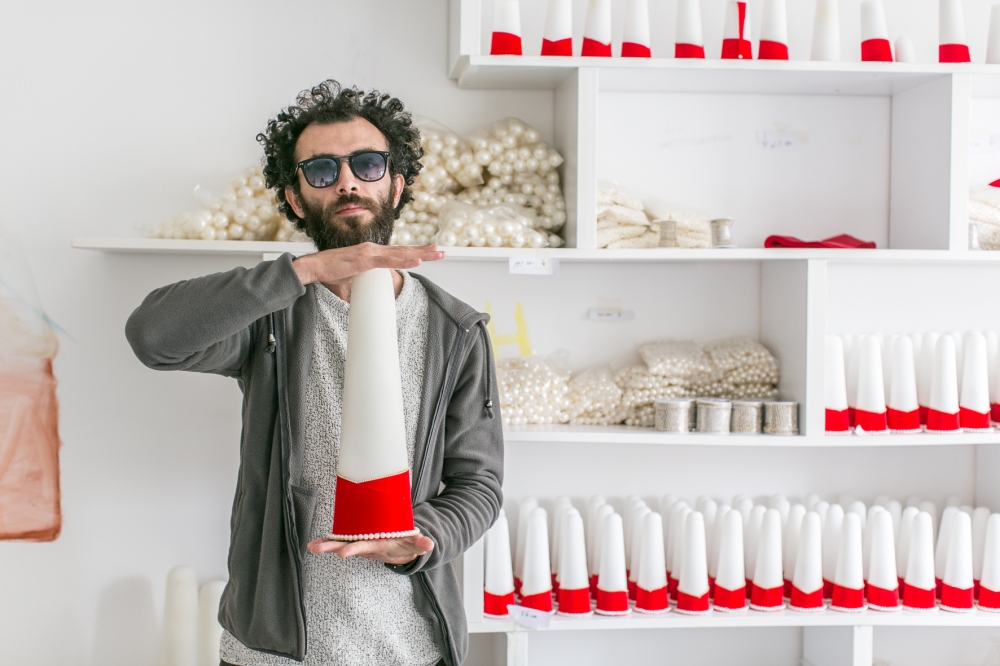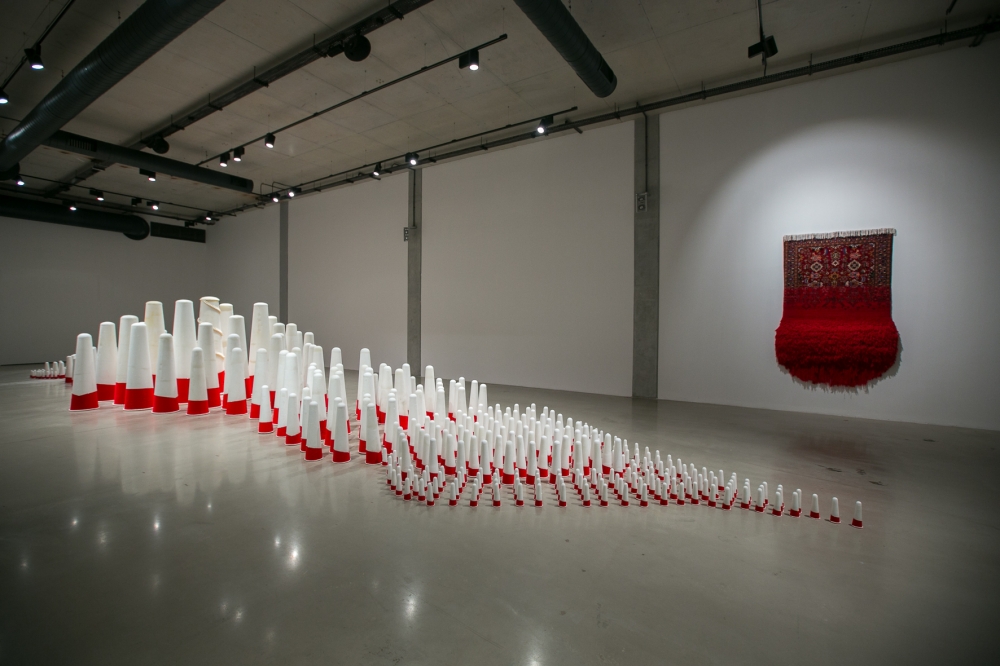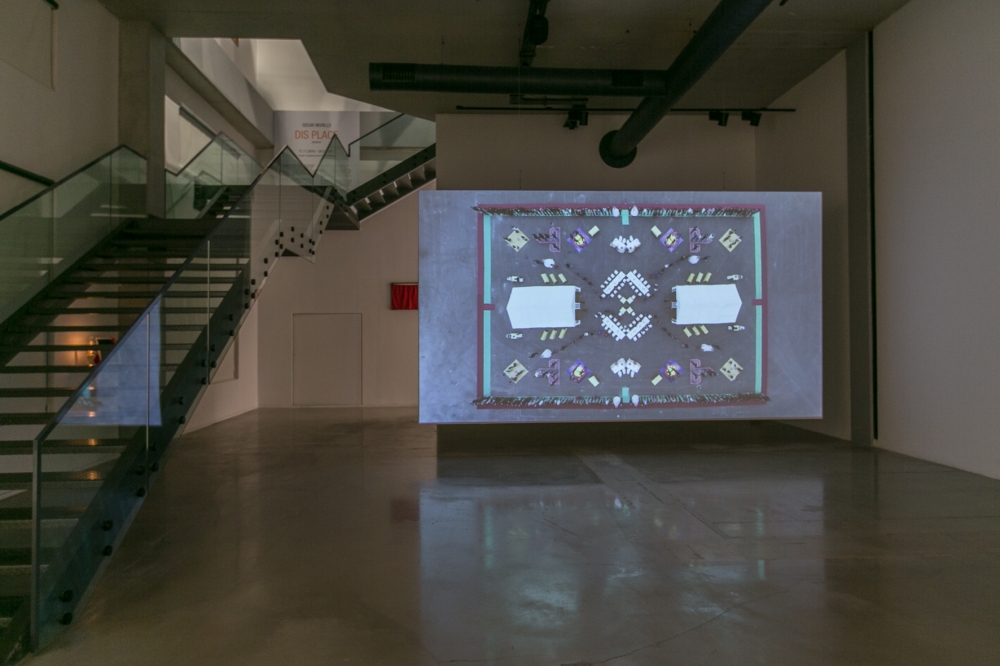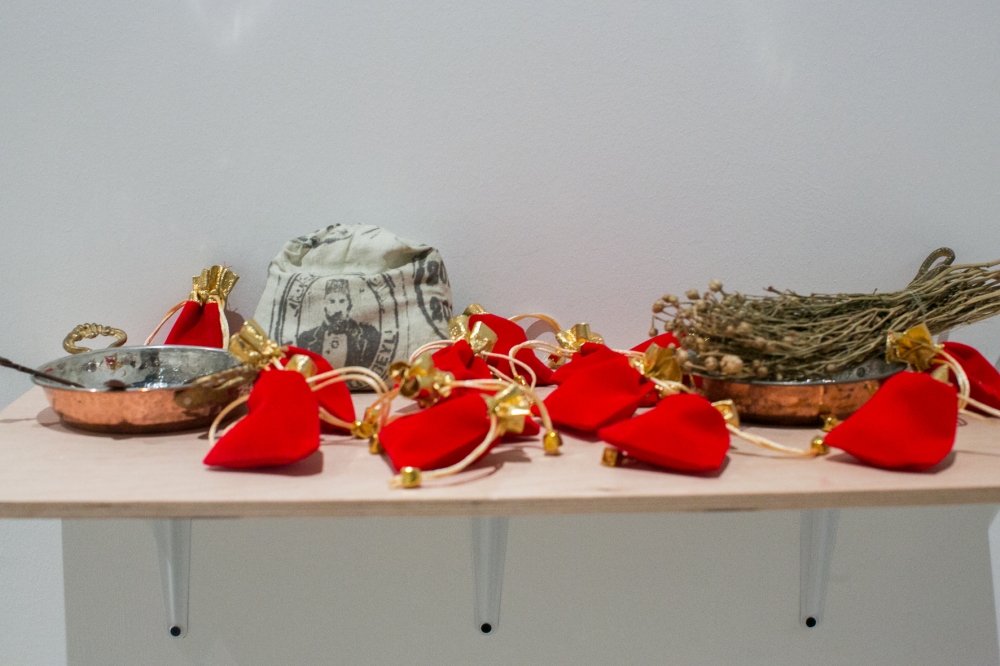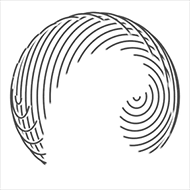Location
YARAT CENTRE
Bayil District (National Flag Square) Baku, Azerbaijan, AZ1003
OPENING HOURS
Tuesday – Sunday:
12 am > 8 pm
CONTACT
+99412 505 1414
YARAT CENTRE: NƏ VAR, ODUR SOLO EXHIBITION BY FAIG AHMED
11 Nov - 13 Feb 17
NƏ VAR, ODUR (It Is What It Is)
YARAT Contemporary Art Centre, Baku, Azerbaijan
11 November 2016 – 13 February 2017
YARAT Contemporary Art Space presents NƏ VAR, ODUR – a solo exhibition of an Azerbaijani Artist Faig Ahmed.
NƏ VAR, ODUR is an old Azeri saying emphasizing a sense of imperturbability, an attitude of accepting things how they are and have been for many years in the past. It is a state of mind both fulfilling and reconciling with life how it is.
The seven new produced works in this exhibition draw from research into the social habitat of Azeri people living outside the capital Baku. They explore gender relations and social structures within traditional Azerbaijani communities and play upon symbolic gestures, rituals and objects specific to traditional Azeri communities. The exhibition investigates relations to sexuality and death, addressing social taboos and individual trauma.
Through this show, Ahmed urges towards an understanding of a disappearing cultural practice. Stripped of any kind of melancholy the works register traditions as Eastern Practices taking place on the border between Asia and Europe, between East and West.
Ten curtains hanging one after the other, upon entering the exhibition, form a gateway. A gentile gesture named Curtain In-between (2016) blocks the view to what lies ahead. The work draws on a social reality in Azerbaijan: to hide what you cannot speak of, to cover what you would not see. Curtain In-between summarizes at the very start of the show what the exhibition urges towards by forcing the viewer quite literally to peel of the layers of hiding before confronting taboos central to Azeri community.
A field of sugar cones, entitled AZMAN (The Biggest) (2016), awaits the visitor behind the curtains. Highly decorated sugar cones are a traditional gift from the groom's family to newlyweds at their day of marriage, symbolizing fertility. The sugar is consumed upon the birth of the first male child, one of many ceremonies and rites specific to Azeri weddings. Ahmed accumulates the sugar cones and transforms them through scale. While playing upon their phallic form (The Biggest) and male symbolic status he emphasizes the idea of masculine energy. The decorations on the other hand suggest a female presence. The composition is centered around the biggest one, a two-meter large sugar cone standing at the center of the field. The image resembles a well-organized crowd of people, suggesting a model of a centralized, male dominated society following one leader as both example and focal point for everyone and everything surrounding him.
A hand-woven carpet entitled Virgin (2016), stands in conversation with The Biggest. The titles alone are suggestive enough to understand the juxtaposition within the first room of the exhibition. Virgin is a hand-woven carpet with a traditional pattern that gradually transforms into a thick red mass. The work continues on a series of signature textile works by Ahmed and reveals unspoken local narratives on male-female gender relations hidden inside the crafts and artisanal practices. More specifically the work draws from the early practice of unmarried girls producing one exquisite textile as part of the treasure she brings into the marriage. In other words suggesting the transition from a girl to a women.
In the second part of the exhibition a slightly more complex narrative unfolds starting with the work Nine Nights (2016), a pyramid shaped pile of nine white matrasses. This work draws upon the local practice of girls receiving throughout their childhood household equipment including a mattress as a preparation and an awaiting of their future husband. It underscores the predestined way of life of women, their role and function in society. In minimal and poetic way, Ahmed emphasizes this practice as unchanging, something that has always been there and is believed to remain a practice for generations to come.
Silk Way (2016) elaborates on the position women within the community. Silk scarfs are traditionally produced by men but only worn by women. They are used to cover hair when women are in public, hiding in part an element of their beauty. Silk Way juxtaposes raw silk with a refined silk scarf, playing upon the transformation of a girl to women, gradually becoming more concerned with and aware of their appearance towards man.
Opposed to Nine Nights the film Social Anatomy (2016) shows a setting framed by a rectangular green and red fabric, employing symmetry, typical to Azerbaijani carpet patterns. The white tent at the center of the composition reminds the architectural settings for both weddings and funerals in the countryside. It is activated by a group-choreography composed from a compendium of rituals, movements and gestures typically performed during either weddings or funerals in Azerbaijan. The performers remain anonymous (only seen from top view) and symbolize the social fabric rather than individual personalities, much alike the representation of men in traditional Azerbaijani carpet practices. Through the use of a simplified and stilled top-view camera standpoint and by refusing the presence of sound, Ahmed evokes a large-scale living carpet.
Hidden behind the screening, as an endpoint to the exhibition, a series of drawings called Small Wedding (2016) are installed on an unreachable height. This series of seven drawings deal with the celebration of a boy coming of age, called a small wedding. It coincides with a ritualistic practice in Azerbaijan to circumcise the young man. Although this feast celebrates a boy entering a new phase in his life, Ahmed turns the feast upside down. His focus is on the circumcision as an individual and traumatic event in a boy's life, a personal and painful experience. The drawings are framed but hidden behind a small curtain veiling their content. The viewer can only access the drawing by climbing a small ladder. The presentation emphasizes this as a subject that is hard to address in society and interrogates the relation between the individual and the social framework in which he lives.
Artist Biography:
Faig Ahmed (Sumgayit, Azerbaijan, 1982) graduated from the Sculpture Department of Azerbaijan State Academy of Fine Art in 2004. He represented Azerbaijan at the nation’s inaugural pavilion at the Venice Biennale in 2007 and participated in the show “Love Me, Love Me Not” in 2013. Ahmed has exhibited his works worldwide including group and solo exhibitions in New York, Paris, London, Berlin, Dubai, Moscow and the UAE. In 2013, the artist was nominated for the Jameel Prize 3 at Victoria and Albert Museum in London. His works are in public collections including Los Angeles County Museum of Art and Seattle Art Museum, Palm Springs Museum of Art and in private collections such as West Collection, Philadelphia, the collection of Beth Rudin DeWoody, New York City, Galila’s Collection, Brussels, Ranza collection, Rome, Jameel Foundation, London and H.H. Sh Zayed bin Sultan bin Khalifa Al Nahyan, UAE. Just this year Ahmed’s works have been exhibited in several museum group shows including Museum of Fine Art Boston, Bellevue Art Museum, Museum of Contemporary Art, Cleveland, Milwaukee Institute of Art & Design, Museum of Applied Arts and Sciences (Sydney) and Mona – Museum of Old and New Art (Hobart, Tasmania, Australia). Ahmed lives and works in Baku, Azerbaijan.
This exhibition is curated by Björn Geldhof.
Notes to editors:
Exhibition: Nə var, Odur
Location: YARAT Contemporary Art Centre, National Flag Square, Bayil, AZ1003
Dates: 11 November – 13 February 2017
Exhibition open: Tuesday through Sunday, from 11:00 until 20:00.
Admission is free
For media and image enquiries please contact:
Hokuma Karimova
Telephone: +994 50 274 6747
E-mail: hokuma.k@yarat.az
YARAT Contemporary Art Centre, National Flag Square, Bayil, AZ1003, Baku, AZ1010, Azerbaijan
